The Ketogenic Diet is the latest diet craze to hit the weight loss scene. In fact, if you search the hashtag #keto on Instagram, you’ll receive million of posts showing everything from extreme weight loss to high-fat, low-carb meals and recipes.
While the Ketogenic diet has become very popular in the US, you should become informed before jumping on the Keto bandwagon. Not all diets are right for everybody. Keto works for many people, but can also cause side effects such as fatigue and digestive problems. Our goal is to present some basic information to help you make the right decision about whether to start a Ketogenic diet.
Intro to the Ketogenic Diet
The Ketogenic diet is a high fat, very low carbohydrate diet which allows for a moderate intake of protein.
A physician at the Mayo Clinic developed the Ketogenic diet in 1920’s. Dr. Wilder realized that this keto type diet could be used to help people with epilepsy. The use of the Keto diet to treat epilepsy practically disappeared by the 1940’s when new anti-seizure medications became readily available.
Simplified Science Behind the Ketogenic Diet
The keto diet alters the way your body turns food into energy. When you eat a lot of carbohydrates (think fruit, bread and potatoes), your body turns carbs into glucose for our energy needs. Excess glucose is stored in the liver. But when you eat mostly fat and very few carbs, your body turns your fat into ketones for energy. With ketosis, your body burns fat instead of carbs for fuel. So keto essentially turns your body into a fat-burning machine!
In addition, when you switch to eating more healthy fats and protein while cutting out the high glycemic carbs (sugar, breads,pasta & rice), you tend to experience less cravings and feel more satisfied compared to many people on the Standard American Diet.
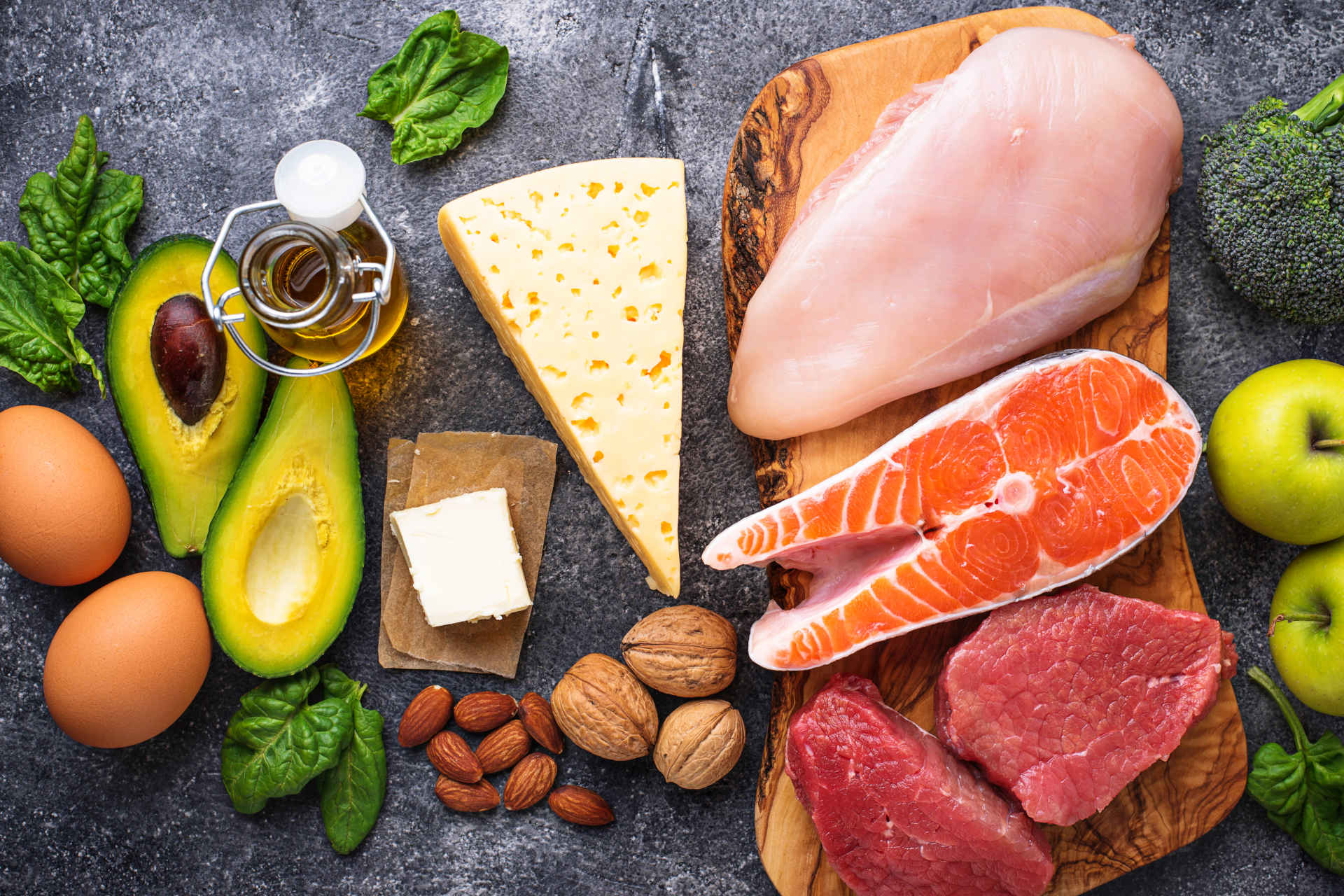
The Diet Details
The Ketogenic diet is really pretty simple. Eat a lot of healthy fats (~ 75 percent of your daily calories), moderate protein (~ 20 percent) and a very low amount of carbs (~ 5 percent). Many keto beginners follow this calorie breakdown, but you should adjust your numbers based on your ketone testing to see what works best for you.
Examples of some high-fat foods that are allowed on this diet include avocado, mayonnaise, healthy oils (such as coconut and olive oil) and grass-fed organic butter. The keto diet also encourages low-carb veggies such as kale, zucchini and spinach.
Nutrition Optimization
People often make a mistake when doing keto. They eat too much meat and cheese and don’t get enough colorful vegetables. There are many nutritious, colorful vegetables that have a low glycemic index and are encouraged on the Ketogenic diet.
Are you planning to try the Ketogenic diet? Have you already tried it? What was your experience? We’d love to know! You can contact us today with any questions about the Ketogenic diet or other questions as well.
This article is for informational purpose only. Please consult your physician before starting any new dietary regimen.

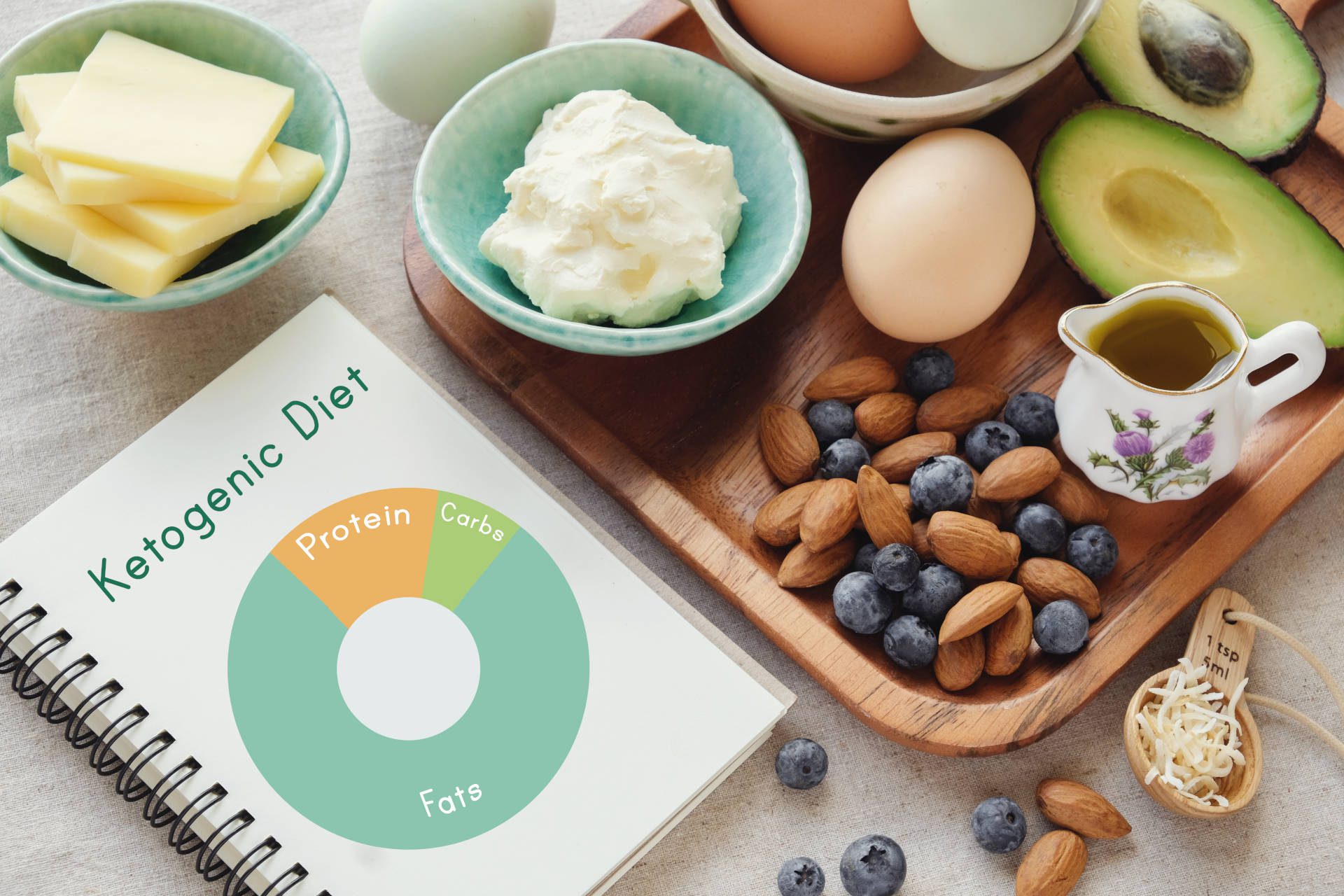
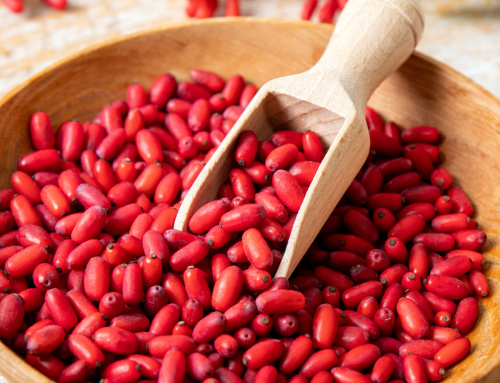
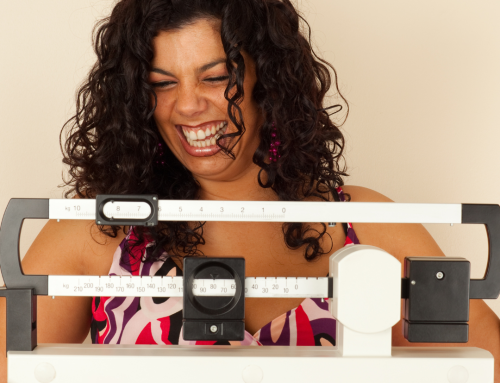


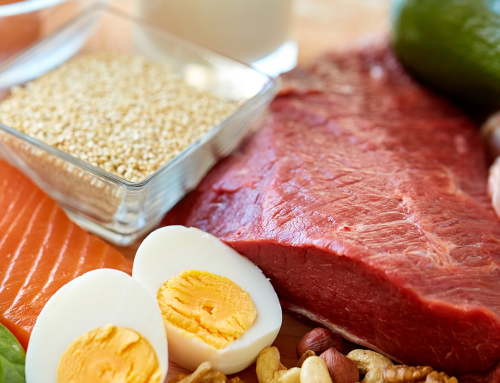


Leave A Comment